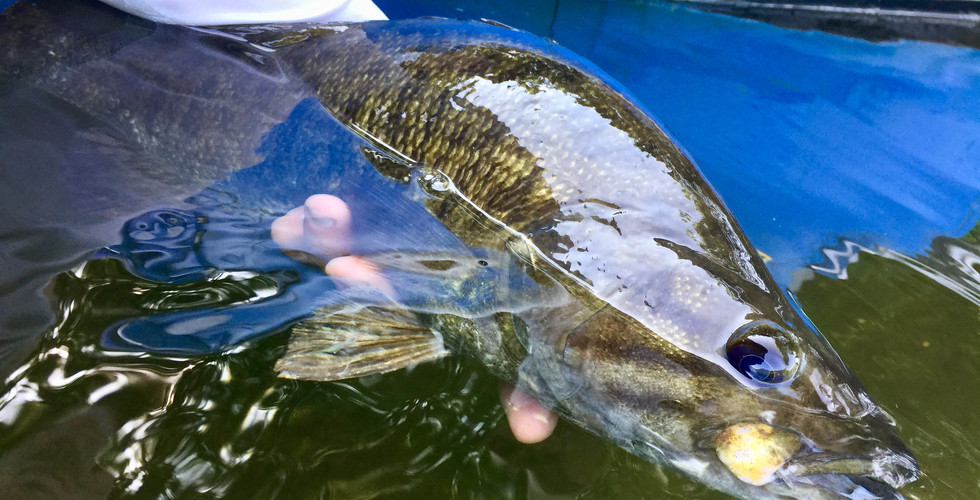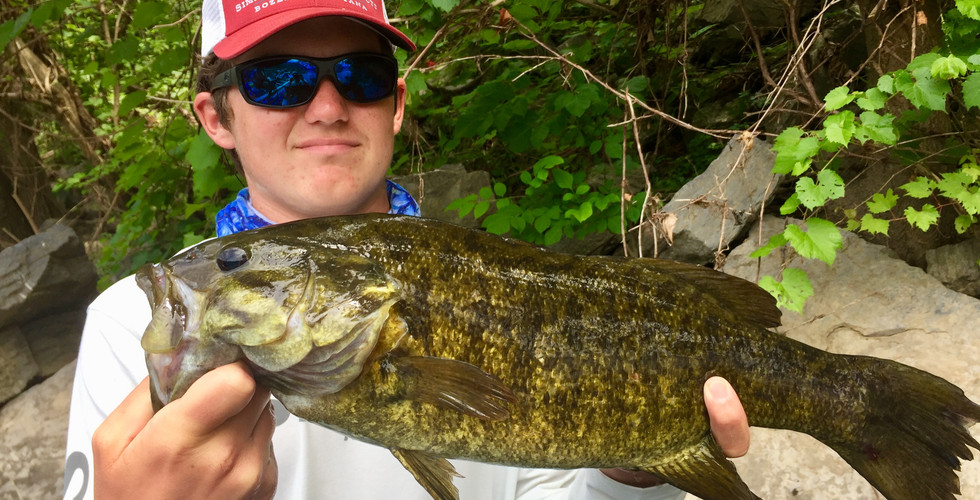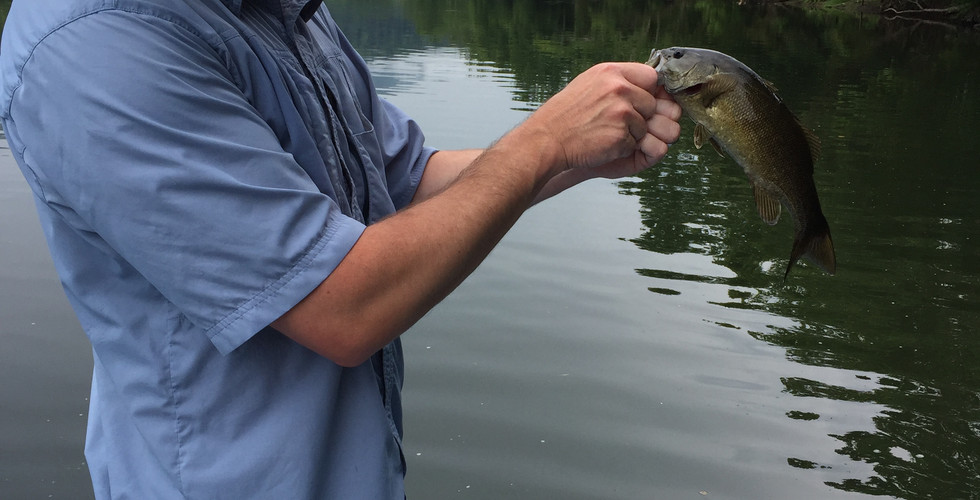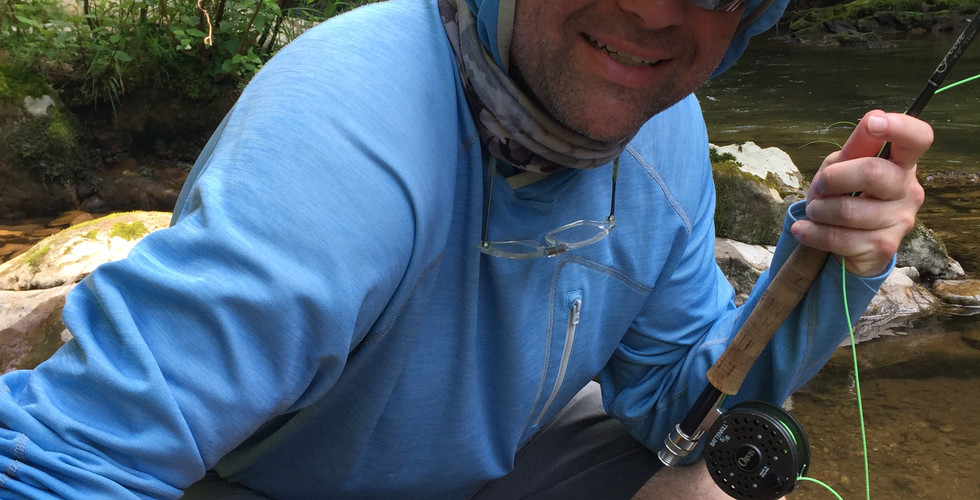THE BEAT GOES ON
- Matt Reilly
- Aug 10, 2020
- 2 min read
We're officially in the Dog Days in southwest Virginia--the peak of summer--and good days on the river have been rolling steady. Heavy rains that were forecasted as a result of Hurricane Isaias missed our region, largely, but regular, isolated rainfall has kept our streamflow healthy. After a particularly hot week in late-July, it seems as if we've seen our peak temperatures for the summer, and we're starting to march into the golden hour of the summer season.
Topwater smallmouth fishing has been great, and we've had shots at big fish most days. This is my absolute favorite time of the year, as every big fish encounter is typically dramatic, visual, and incredibly memorable. And we've got a few more months left to make such memories. The cicadas are singing, and the end of their life cycle, and some of the best topwater fishing of the whole summer, is drawing near. As overnight and daytime temperatures start on their downward trend over the next several weeks, and the cicadas begin to die and become plentiful on the water's surface, the fish will begin to feed heavily in their summer pattern in preparation for fall and winter.
For the past several weeks, our mountain stream terrestrial dry fly fishing has been on fire, as well. Most days, dropper flies are almost irrelevant. Big, bushy attractor dry flies, like Stimulators, Humpies, and Wulffs have been taking fish every day, as have more imitative hoppers, beetles, ants, and inchworms. This is some of the most fun trout fishing of the whole year, and it also represents one of the best opportunities for anglers hunting big fish to tangle with a trophy. Just like the topwater smallmouth game, targetting big trout with terrestrial insects can provide some incredibly visual and aggressive takes that will stick with the angler for a lifetime. This terrestrial fishing should last through the end of September, until we've had a few hard frosts to kill off the bulk of the terrestrial insects.
We saw our peak water temps in the mountains in late-July, and we should now be on the decline. This time of year, carrying a water temperature thermometer will help the angler find the best (and most responsible) fishing. When water temps approach 70 degrees, I generally look elsewhere--generally higher in the drainage--to avoid the possibility of delayed mortality. As it stands, most of our large trout streams are comfortably in the mid-60s on their lower ends where they traverse valleys and farmland, and the best fishing is had in the dawn-to-noon time-frame and in the evenings. In their middle and upper reaches, and near groundwater influence, most streams are safely in the 55 - 65-degree range.
I still have some dates available in September for chasing topwater smallmouth bass and aggressive, surface-feeding wild trout in the Mount Rogers region. Some of the best fishing of the year will transpire in the next few months. Don't miss out!







































































Comments